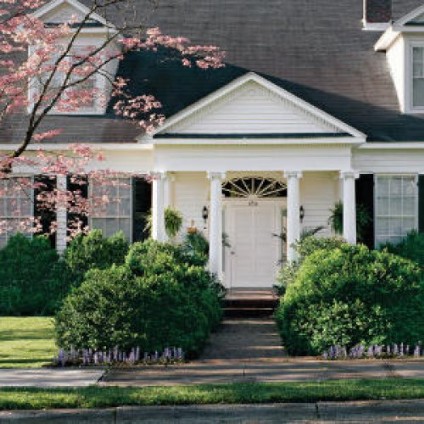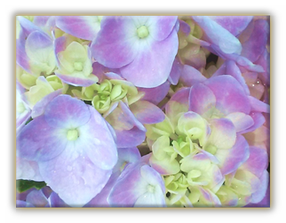Boxwood Basics - Ilex Farms Main
Main menu:
- Home Page
- Resources
- About Us
- Contact Us
- Map to iLEX
- Projects
- Archive
- News, Events
Boxwood Basics
This was recently shared courtesy of Southern Living Plants.
Keep your boxwoods growing with these basic tips.
Steve Bender

Van Chaplin, Tina Cornett
A healthy, green boxwood looks about as dignified as a plant can be. It adds an air of formality and permanence to the landscape, taking center stage in winter when trees are leafless and then receding gracefully into the background in summer when flowers dominate. Its tidiness and ease of maintenance make it a favorite just about everywhere it grows. But if yours appears more sickly than stately, one or more of the following factors may be to blame.
﴿ Poor drainage-
for fungal diseases that can cause potentially fatal dieback. To stop this, prune back all dying branches to healthy wood (as indicated by the green cambium layer just under the bark). Remove all debris from the center of the plant, and thin out some of the outside growth so that air and light can reach the center.
﴿ Fluffy and Fido-
So what should you do if your plant is ailing? Some can be saved, while others aren't worth the trouble. For a boxwood 3 feet tall or less, prune back the dead branches to live wood now. Also, open up the center of the plant. New growth will sprout this spring. At that time, sprinkle one or two cupfuls of a slow-
But if you have a huge boxwood with big dead spots and it's a slow grower such as English boxwood (B. sempervirens 'Suffruticosa'), it's time to face the music. By the time the plant grows back, you'll be pushing up daisies. Replace it with a new one.

